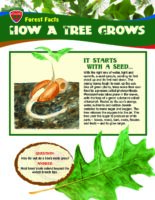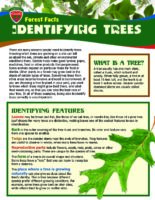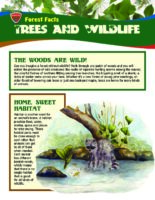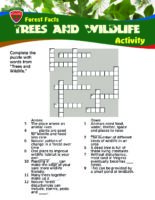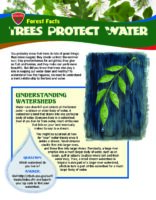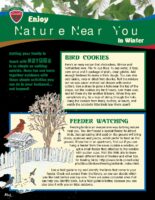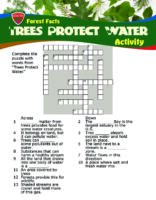Forest Facts: How A Tree Grows
November 3, 2020 - Forest facts information sheet provides an illustrated explanation of how a tree grows, including starting from a seed; how trees grow up, down and out; and tree rings. Target audience: Youth – elementary age. Printed copies available.

